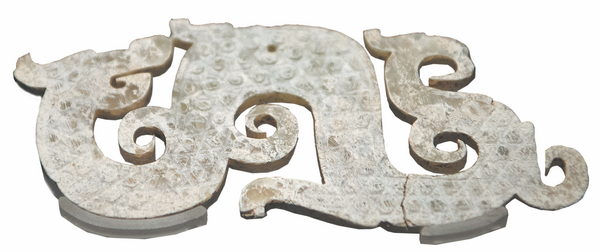

During the time of the Chu state, only the Zhou kings, who ruled all the vassal states by name, were allowed a six-horse chariot, while the Chu ruler was allowed four horses. However, the biggest pit at the Chu King's Mausoleum contained six-horse chariots.
At the time, China was divided into several different states, all of which were eventually conquered by Ying Zheng, China's first emperor, of the Qin Dynasty (221-206 BC). Officially known as Qinshihuang, he united China in 221 BC and his tomb houses the world-renowned Terracotta Warriors.
"Having a six-horse chariot was absolutely against regulations at the time. We guess they demonstrated the ambition of the person buried in the tomb to become the one ruler with supreme power himself, to be on par with Zhou kings," says Jia Hanqing, deputy director of the Jingzhou Museum, who has been involved in the excavation of the mausoleum as an archaeologist since 2006.
The Xiongjiazhong site consists of a king's tomb, a queen's tomb, tombs for their servants, sacrificial pits and chariot horse pits. The site was discovered in 1979 and three rounds of excavation have been carried out since then. In 2012, the Xiongjiazhong National Archaeological Heritage Park opened to the public.
"The artifacts unearthed reveal the existence of a rich and powerful state in the middle and lower reaches of the Yangtze River more than 2,200 years ago," says Jia.